World
►
Year with most official titles: 2009, with 6: Copa del Rey, Liga, Champions League, Spanish Supercup, European Supercup and Clubs World Cup.
European
►Only team to have played in every season of European competitions since they started in 1955.
► Team with most European trophies: 15 (4 Champions Leauges, 4 European Cup-Winners Cups, 3 Fairs Cup and 4 European Super Cups)
►Team with most European Cup Winners Cups: 4 (1979, 1982, 1989, 1997).
►Team with most Fairs Cups: 3 (1958, 1960 and 1966). Also won super final in 1971 to decide trophy outright.
►Team that have played most European finals: 17 (7 in European Cup / Champions League, 6 in Cup Winners Cup and 4 in Fairs Cup).
►Team with most European Cup-League doubles: 4 (1992, 2006, 2009 and 2011).
►Team with the most consecutive international games played scoring goals: 33 consecutive matches from November 24, 2009 until March 7, 2012).
►Team with the most consecutive Champions League games played scoring goals: 29 consecutive matches from November 24, 2009 until March 7, 2012).
Spanish
►Only team, along with Real Madrid and Athletic Bilbao, to have always played in the First Division.
►Only team to have won all the official competitions it has played in at least once: since the Copa Macaya (1902) to the Clubs World Cup (2009).
►Team with most official Spanish titles: 115.
►Season with most titles: 1951/52, with 5: Liga, Copa, Copa Latina, Trofeo Eva Duarte and Copa Martini-Rossi.
►Only Spanish team to win the treble: Won the Copa del Rey, La Liga and the Champions League in the 2008/09 season.
►Team with most Spanish Cups: 26.
►Longest winning period in La Liga: 16 games from game 7 to 22 in La Liga 2010/11.
►Team with most points and goals after the first half of La Liga: 52 points and 61 goals (17 wins, one draw and one defeat) by game 19 of La Liga 2010-11.
►Team with most goals scored in official competitions in a season: 2011/12,
with 190 goals (114 in the league, 35 in the Champions League, 26 in
the Spanish Cup, 5 in the Spanish Super Cup, 2 in the European Super Cup
and 8 in the World Club Cup) in 64 games.
►Team with most goals scored in a calendar year in official competitions: 170 goals in 64 matches in the year 2011
►Most consecutive away wins: 13 games. Between
September 21, 2008 and January 11, 2009, FC Barcelona got 13 consecutive
away wins in official matches. There were 8 in la Liga (Sporting Gijón,
Espanyol, Athletic Club, Malaga, Recreativo, Sevilla, Villarreal and
Osasuna), 3 in the Champions League (Shakhtar, Basel and Sporting
Lisbon) and 2 in the Copa del Rey (Benidorm and Atlético Madrid).
►Most consecutive wins on the road in La Liga: 10
games in la Liga 2010/11, winning away to Racing Santander, Atlético
Madrid, Athletic Club, Zaragoza, Getafe, Almeria, Osasuna, Espanyol,
Deportivo and Hercules.
►Most consecutive games unbeaten away from home in la Liga: 23
away games from February 14, 2010 (At. Madrid 2 Barça 1) to April 30,
2011 (Real Sociedad 2 Barça 1), with 18 wins and 5 draws.
►Only team in Spanish League to have won all away games in the first half of the season:
In la Liga 2010/11 won away to Racing Santander, Atlético Madrid,
Athletic Bilbao, Zaragoza, Getafe, Almeria, Osasuna, Espanyol and
Deportivo. A total of nine games.
►Only team to score in all away games in a league season: 19 games in la Liga 2010/11.
► Biggest away win in la Liga: UD Las Palmas 0 - FC Barcelona 8 (25/10/1959) and UD Almeria 0 FC Barcelona 8 (20/11/2010).
►Longest scoring period in a season: 34 consecutive games in season 2009-10 (27 in Liga, 5 in Champions League and 2 in Clubs World Cup).
►Longest unbeaten run in official matches: 28 games en season 2010/11 (23 wins and five draws in 17 games in Liga, 5 in Copa and 6 in Champions League).
►Most wins in a season: 47 wins in a total of 64 games in official competitions in season 2011/12.
►Best average number of goals a game in first half of La Liga: 61 goals in 19 games at halfway stage of La Liga 2010/11 (average 3.2 per game).
►
Most consecutive match days scoring away in La Liga:
26 days (from May 1, 2010, on day 35 of Liga 2009/10 until November 6,
2011, on day 12 of Liga 2011 / 12), with a record of 18 wins, 7 draws
and 1 defeats, 61 goals for and 20 against.
Club records
►Biggest attendance at Camp Nou: 120,000 for FC Barcelona v Juventus. Quarter final of the European Cup, first leg (5/03/1986).
►Most consecutive Ligas: 4 (1990-91, 1991-92,
1992-93 and 1993-94). (National record: Real Madrid, 5 consecutive Ligas
between 1960 and 1965 and between 1985 and 1990).
►Longest unbeaten run in la Liga from first game:
21 first games of La Liga 2009/10, with 17 wins and 4 draws. (National
record: Real Sociedad, 32 games unbeaten in la Liga 1979/80).
►Longest unbeaten run in la Liga: 31 games from 3rd to 33rd of La Liga 2010-11 (national record: 32 games by Real Sociedad in la Liga 1979-80).
►Most points in second half of La Liga: 50 points in la Liga 2009/10 (national record: Real Madrid, 52 points in second half of La Liga 2009/10).
►Liga with most goals scored: 2011/12, with 114 goals in 38 games. (National record: Real Madrid, 121 goals in la Liga 2011/12).
►Best goals per game average in La Luga: 3,2 goals a
game in the 1958/59 season (96 goals in 30 games). National record –
Athletic Bilbao with 4.05 goals in the 1930/31 season with 73 goals in
18 games.
►Liga with most goals scored at home: 2011/12, with 73 goals. (National record: Real Madrid, 78 goals in la Liga 1989/90).
►Liga with Least goals conceded: 1968-69, with 18 goals in 30 games. (National record: Real Madrid, 15 goals conceded in 18 games in la Liga 1931/32).
►The longest run of consecutive matches without conceding a goal:
32 matches, 2011/12 season (19 in the Liga, 5 in the Champions League, 5
in the Cup, 2 in the Club World Cup and 1 in the European Super Cup).
►Longest unbeaten home run in la Liga:
From game 25 of 72-73 (4-3-1973) to game 21 of 76-77 (20-2-1977), a
total of 67 games played, with 55 wins and 12 draws, 155 goals for and
37 against.
►Longest home winning period in la Liga: 39 games between game 22 of 1957-58 (16-2-1958) and the eighth of 1960-61 (6-11-1960).
►First half of La Liga unbeaten: 19 games of La Liga 2009-10 (15 wins and 4 draws).
►Most home wins in a Liga season: 19 wins, 2 draws and 1 defeat in la Liga 1986/87.
►Most away wins in a La Liga season: 14
games in the 2010/11 season (14 wins, 4 draws and one defeat in 19
games). National record -16 wins in the 2011/12 season by Real Madrid)
►Liga with most points: 99 points in the 2009/10 season. National record - Real Madrid in the 2011/12 season.
►Most wins in a La Liga season: 31 wins in the 2009/10 season. National record – Real Madrid with 32 wins in the 2011/12 season.
►Best goal average in a La Liga season: +85 in the 2011/12 season. National record -+89 in the 2011/12 season.
►Team with most away points in a La Liga season: 46 in the 2010/11 season
, with 14 wins, 4 draws and one defeat. (National record: Real Madrid, 121 goals in la Liga 2011/12).
►Liga with fewest defeats: Only one defeat in la
Liga 2009/10 (in game 22 with Atlético Madrid by 2-1). National record:
Athletic Club and Real Madrid unbeaten in Ligas 1929/30 and 1931/32
respectively.
►Longest scoring run in la Liga: 36 games between the ninth of 1942/43 (22-11-1942) and the 18th of 1943/44 (6-2-1944).
►Longest scoring run in la Liga at home: 88 games between game 22 of la 1951/52 (02/10/1952) and the 18th of 1957/58 (01/19/1958).
►Longest scoring run in all competitions: 36 games
between the ninth of 1942/43 (22/11-1942) and the 18th of 1943/44
(6-2-1944) and 8 Cup games in 1942/43. 44 games in 139 games (106 in La
Liga and 33 in the Cup)
►Team with most away goals scored: 49 goals in the 2010/11 season(National Record, Real Madrid in 2011/12)
►Biggest home win in la Liga: FC Barcelona 10 - Gimnàstic Tarragona 1 (11/09/1949).
►Biggest win in the Cup: FC Barcelona 10 - Basconia 1 (08/04/1962).
►Biggest win in any competition: Copa Macaya: Tarragona 0 - FC Barcelona 18 (03/17/1901).
►Biggest win in friendly: Smilde (Holland) 1 - FC Barcelona 20 (6-8-1992).
►Most consecutive wins in European Cup / Champions League: 11, in season 2002/03.
►Longest run of consecutive wins in games in official competitions: 18 games in season 2005/06 (13 in Liga, 3 in Champions League and 2 in Copa del Rey) between 22/10/2005 and 22/1/2006.
►Longest run of games unbeaten in European competitions: 17 games, between seasons 1988/89 and 1992/93 and also between seasons 2005/06 and 2006/07.
►Biggest home wins in European competitions: FC
Barcelona 8 - Apollon Limassol (Cyprus) 0 (European Cup Winners Cup,
15/09/1982); FC Barcelona 8 - Matador Púchov (Slovakia) 0 (UEFA Cup.
15/10/2003).
►Biggest away win in European competitions: Hapoel Beer Sheva (Israel) 0 - FC Barcelona 7 (UEFA Cup. 12/9/1995).
►Biggest win in European Cup/Champions League: FC Barcelona 7 – Bayer Leverkusen 1 (first leg of Champions League Last 16 2011/12, 07/03/2012).
►Biggest away win in Champions League: Basle 0 -FC Barcelona 5 (22/10/2008) BATE 0 FC Barcelona 5 (28/09/2011).
 XXXIV Trobada Mundial de Penyes
XXXIV Trobada Mundial de Penyes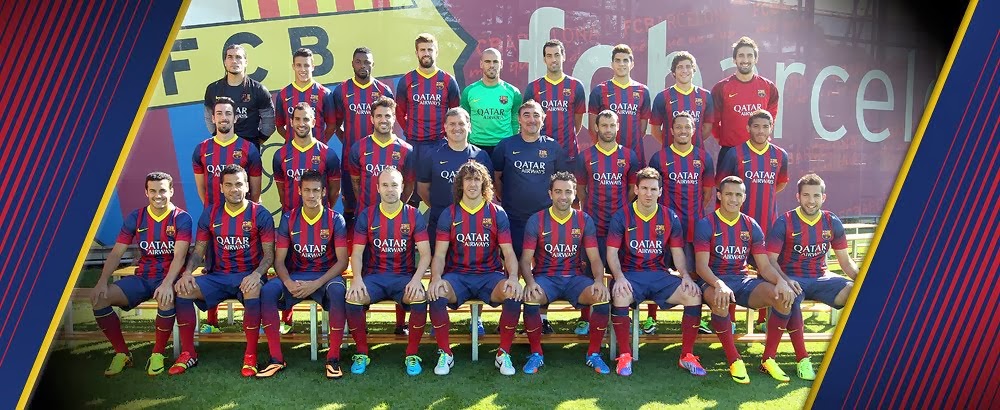
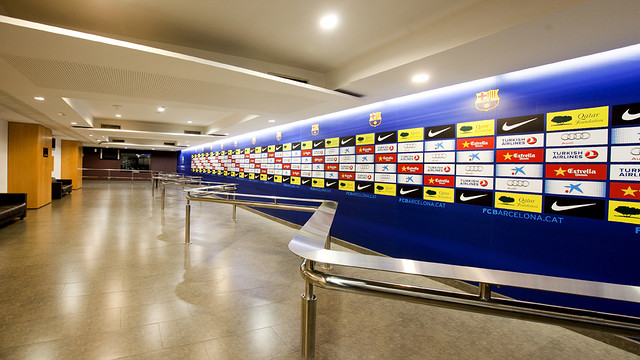
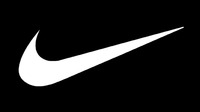

















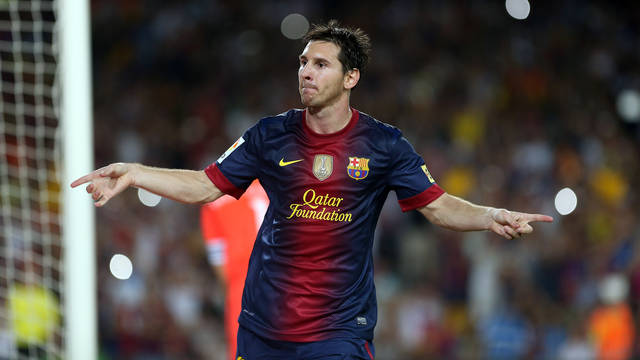
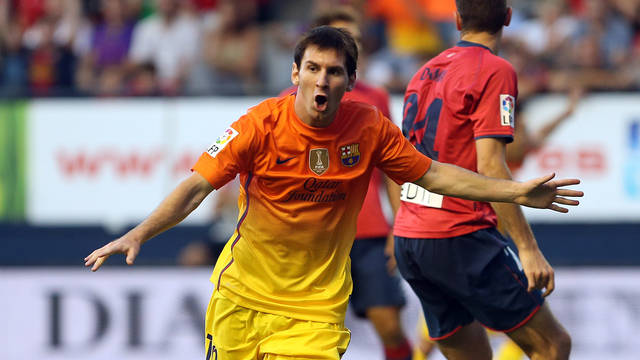
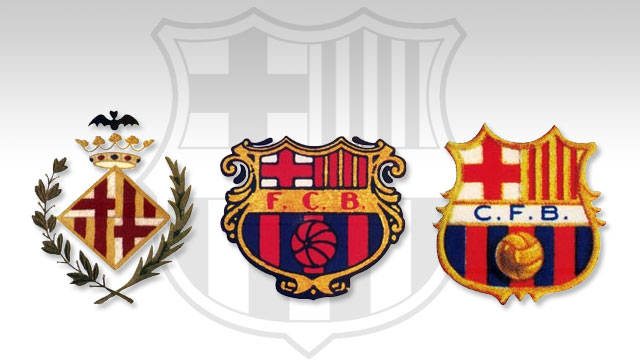
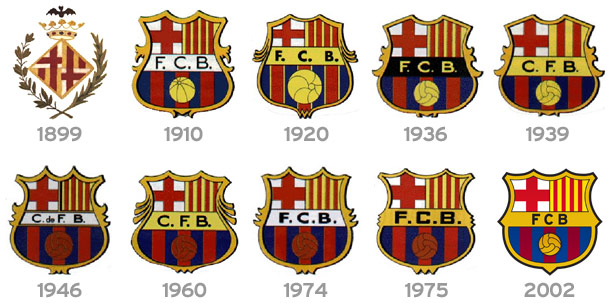



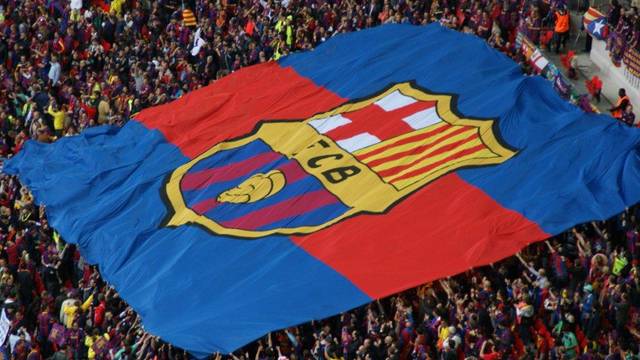
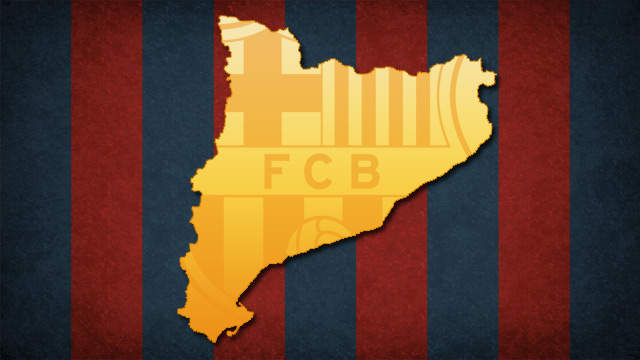
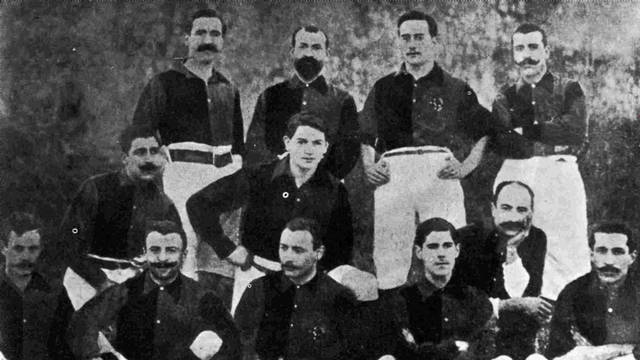 1899 -1909 Foundation and Survival
1899 -1909 Foundation and Survival
Gamper, the founder, conceived a sports club in Barcelona, with assistance from Catalans and foreigners
FC Barcelona, founded in 1899 by a group of young foreigners living in Barcelona, was the result of the increasing popularity of football, and other British sports, across Europe. These origins have conferred upon the Club its intercultural identity, multi-sport focus and its deeply-rooted allegiance to Barcelona and Catalonia.
The foundation of the Club coincided with a time when people were becoming interested in playing sport in Catalonia; this social context and Catalonia’s idiosyncratic culture led to the creation of a new model of modern leisure.
Joan Gamper, the Club’s founder, was the inspiration and driving force behind the Club’s first 25 years. His commitment to FC Barcelona went far beyond his role as player, director and president.
1899 -1909 Foundation and Survival
1899 -1909 Foundation and Survival
Gamper, the founder, conceived a sports club in Barcelona, with assistance from Catalans and foreigners
FC Barcelona, founded in 1899 by a group of young foreigners living in Barcelona, was the result of the increasing popularity of football, and other British sports, across Europe. These origins have conferred upon the Club its intercultural identity, multi-sport focus and its deeply-rooted allegiance to Barcelona and Catalonia.
The foundation of the Club coincided with a time when people were becoming interested in playing sport in Catalonia; this social context and Catalonia’s idiosyncratic culture led to the creation of a new model of modern leisure.
Joan Gamper, the Club’s founder, was the inspiration and driving force behind the Club’s first 25 years. His commitment to FC Barcelona went far beyond his role as player, director and president.